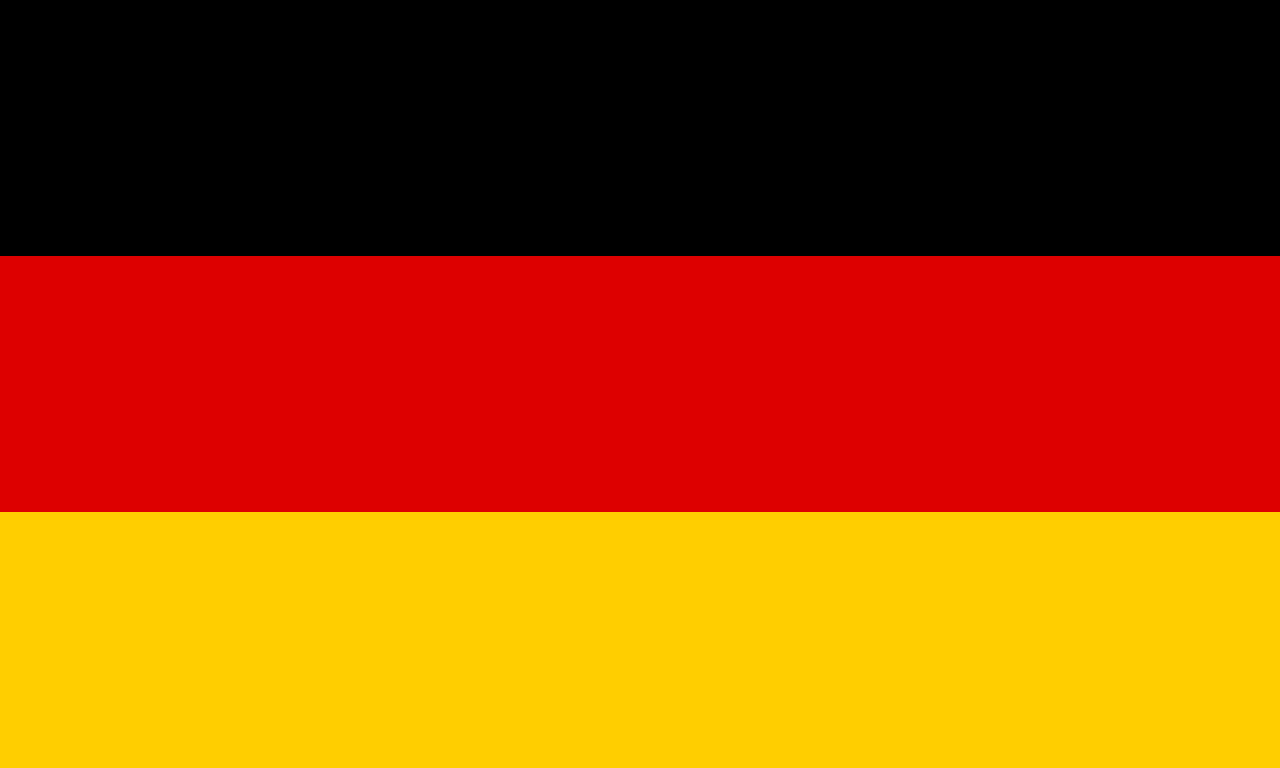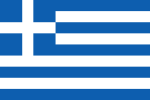I am Stavros, a physicist working on quantum computing simulation, hardware control and calibration.
Below is a summary of my experience and education, including more details than my resume.
🔬 Experience
🏢 (Feb. 2020 - today) Researcher (Software Developer) at TII, Abu Dhabi 
I am one of the core developers of the open source quantum computing Python framework Qibo.
We started developing a high-performance state vector quantum circuit simulation for different classical hardware platforms (multi-threading CPU, GPU, multi-GPU) using TensoFlow custom operators. Performance benchmarks and an overview of the library's features were published in the Quantum Science and Technology journal. Later we re-implemented similar operators using the just-in-time compilation features of numba and cupy. Benchmarks of this new approach were published in the Quantum journal.
Later, we started developing Qibolab a backend for deploying circuits on self-hosted quantum hardware (mainly superconducting quantum chips) and Qibocal a tool for easy deployment and reporting of calibration and characterization experiments. This suite was used to compare various commercial electronics and FPGA boards used for qubit control, leading to another publication in Quantum.
🏢 (March 2019 - June 2019) Quantum Resident at (Alphabet) X, Mountain View, CA 
I was the first Quantum Resident in a team focusing on various challenges related to quantum technologies. The team later graduated to SandboxAQ.
I contributed to the open source software google/TensorNetwork and wrote a tutorial for a related machine learning application. I received a Google Peer Bonus award from the core developer of the project for my contributions.
I also performed simulations of quantum kernel methods for the classification of cosmology datasets, a method that was later deployed on Google's Sycamore quantum computer and published in npj Quantum Information journal.
📚 Education
🏫 (Sep. 2018 - Dec. 2019) Doctoral Student, Max Planck Institute of Quantum Optics, Munich 
PhD was not completed
I started a PhD in the theory group of the MPI of Quantum Optics, supervised by Ignacio Cirac. The topic was machine learning methods and other variational approaches for efficient simulation of quantum many-body systems. In particular, I was working on a method for unitary time evolution based on optimization of a Clock Hamiltonian.
After an internship in industry, I decided to leave my PhD in order to pursue a more practical career outside research (however I still ended up working in physics...). I prefer working in industry over academia because goals are better defined, deadlines are stricter and it is generally easier to track progress, in contrast to research which is usually more abstract and open-ended. Thankfully, my PhD supervisor was very supportive of my decision to leave my PhD. 🙏
🏫 (Aug. 2017 - June 2018) MSc in Physics, Perimeter Institute, Waterloo, ON 
I was one of the 30 students to attend Perimeter Scholars International, a fully funded bootcamp in theoretical physics hosted at Perimeter Institute, leading to a MSc in Physics awarded by the nearby University of Waterloo.
For my final project, I worked on the super-resolution of classical Ising configurations using convolutional neural networks (CNNs). CNNs were trained to increase the size of classical spin configurations sampled using Markov chain Monte Carlo and the method was used to extract critical exponents in good agreement with theory. The work was published in Phys. Rev. B.
🏫 (Sep. 2013 - June 2017) BSc in Physics, University of Athens, Athens 
I graduated second in my class with average grade 9.68 (out of 10).
🏆 Before studies
My decision to study physics was greatly influenced by my partitipation in math and physics competitions during high school.
In particular, I won a bronze medal in the 44th International Physics Olympiad held in Copenhagen, Denmark in July 2013. I was also the first Greek student to participate in two International Physics Olympiads, as I had also participated in the 43rd one held in Tallinn and Tartu, Estonia, one year earlier in 2012.
Participating in these olympiads required competing in two qualifying rounds held at the national level, in which I was ranked 1st nationwide in 2013 and 6th in 2012.
I also took part in several math competitions organized by the Hellenic Mathematical Society and qualified (after passing two rounds) four times to the National Mathematical Olympiad, but unfortunately never managed to go beyond that.

Avoided crossing resulting from interaction of two flux tunable superconducting qubits,
typically used to implement two-qubit gates.
The plot was generated using real data.













